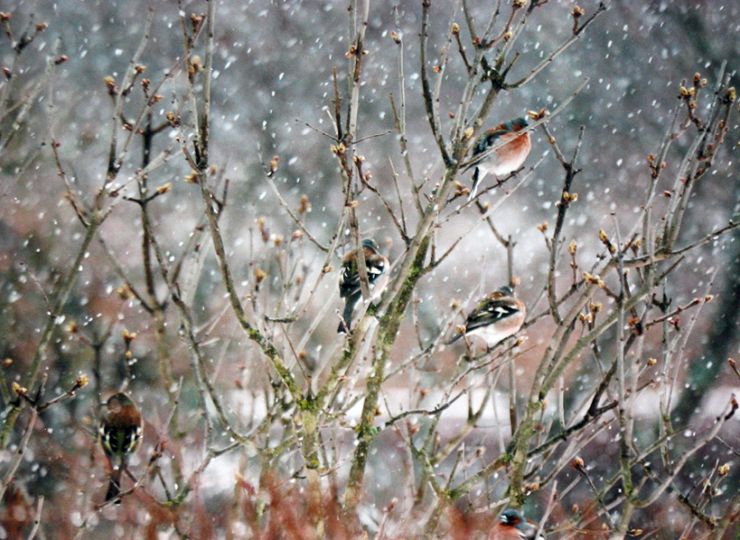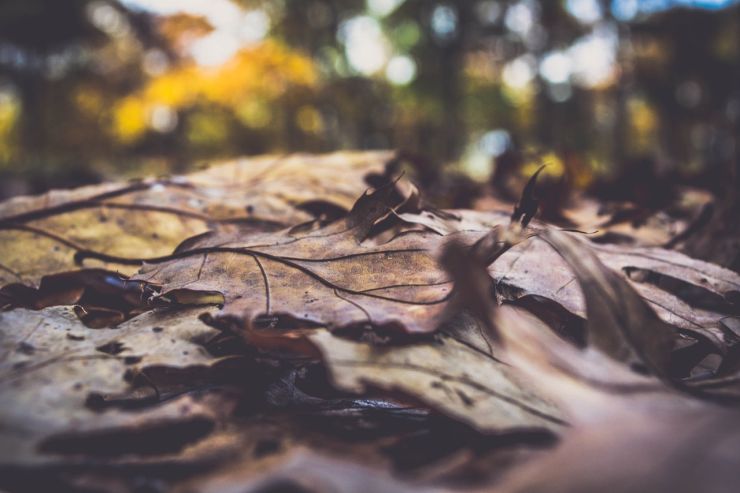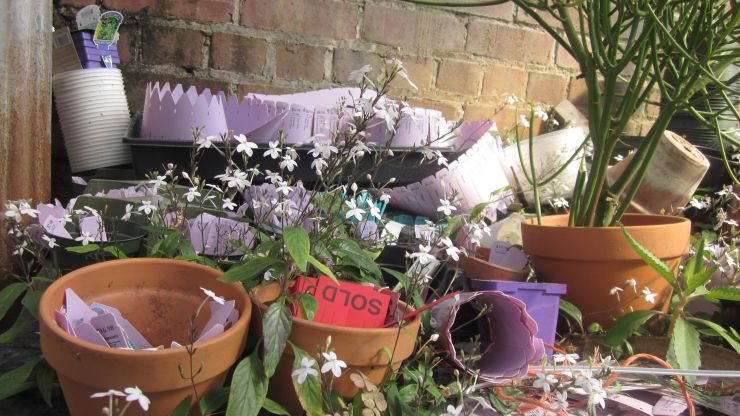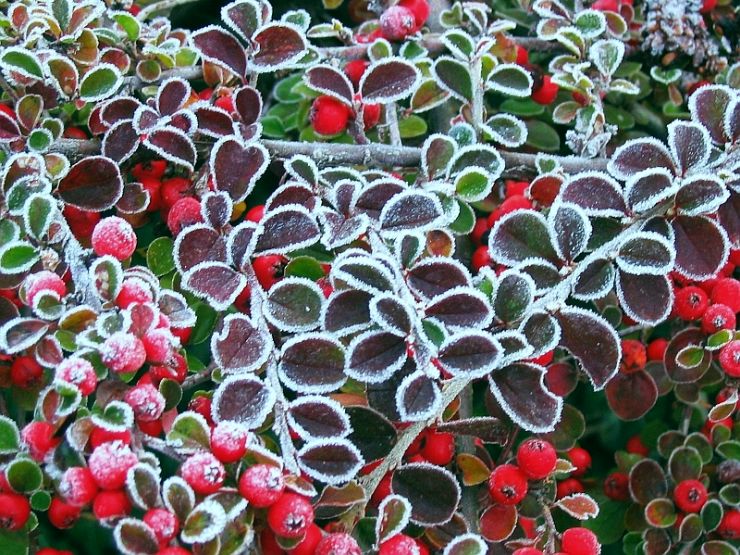What To Do In January

Replace it with peak evergreens, delicate fragrance and useful jobs!
In gardening terms, we think of midwinter being around January, although the term midwinter (along with winter solstice) is a colloquial term used to describe a 24 hour period around the astronomical event on the 22nd December. This is the shortest day, when the North Pole is farthest away from the sun - after that the days begin to get longer. All around the world and throughout history, this event has deep cultural significance. While the specifics vary, from country to country, it's generally associated with a time of renewal and rebirth and is often marked by rituals and festivals.
We don't think there's a lot of gardening going on in this last week of December as most people are in full festive mode, but that said, it's a great way to avoid the hell of the high street and forage for some seasonal foliage to deck the halls. But come January, it's the perfect time to wrap up and top up the vitamin D when the sun shines.
It's very much a time of contradiction - when it's cold and wet or frozen underfoot, not much can be achieved (unless you have a greenhouse!) and spring is but a distant dream but when the days are bright and the temperature milder, it's the ideal time to tackle a tidy up. And these days, of climate change, mean there are more of those days than there used to be. Mowing the lawn on New Year's Day is no longer unthinkable!
Around the garden, the love-it or hate-it, Fir tree, comes into its own, but there are lots more evergreens that deserve a space in your winter structure, Osmanthus, Skimmia, Ilex, Juniper and Mahonia are all slow-growing, stable specimens with a variety of leaf shapes and colours, some with flowers and/or berries, while Pittosporums offer a lighter touch, with many varieties to choose from (snowy white Irene Patterson through pink-edged Elizabeth to compact Tom Thumb, whose new growth emerges light green transforming to rich and glossy purple). And, for a frisson of scent that lingers in the air on milder days, you can't beat, Lonicera fragantissima (a semi-deciduous shrubby honeysuckle), Daphne odora (reasonably hardy variegated evergreen with intoxicating fragrance), Sarococca ruscifolia (sweet box produces a mass of tiny scented white flowers) or Chimonanthus praecox (otherwise known as 'wintersweet' due to the delicious perfume from its translucent yellow blooms).

Jobs Around the Garden in January
- Make sure your trees weather the storm - check that stakes are still firm in the ground and that ties are not too tight and rubbing the bark
- Tidy the beds - remove leaves from herbaceous plants as they can harbour slugs, pests and disease and cut off unsightly dead stems (apart from plants that are particularly tender that would benefit from some extra protection, like agapanthus and red hot pokers)
- Winter prune Wisteria
- Check Spring Bedding - sometimes spring-flowering plants like biennial wallflowers can be lifted by frost, so firm in if required
- Avoid snow damage - heavy snow fall can spoil the shape of evergreens, so do a recce and remove any snow that is bending the branches out of shape
- Cut back foliage of Iris unguicularis to reveal blooms
- Weed, weed, weed - it's never too early, if you get a nice dry day when the soil is not too soggy, crack down on those pesky intruders in time for a spring mulch
- Prune deciduous shrubs and trees - with the exception of Magnolias and flowering cherries and almonds, most deciduous specimens can be pruned now
- Cover the ground of the veggie patch to warm up the soil prior to sowing

Midwinter Tasks in the Greenhouse
Keep it dry and keep an eye on the temperature, consider adding extra insulation in a cold snap if the heater isn't up to the job! Ideally, avoid allowing the temperature to fall below 5˚C (41˚F) for tender plants. You could always separate an area to keep that bit warmer for particularly tender specimens, but still continue to ventilate on warmer days and water carefully.
Now is a great time to review your supplies and equipment. Give it all a good clean and tidy and check that everything is working properly, propagators, lights, heaters, fans, ventilators etc. If you have a gardening diary or journal, plan in dates to buy compost, labels and various supplies. Review your wish list from earlier in the year and head for the gardening centre to top up your seed bank. While you're there take advantage of the January sales and look out for some colourful specimens to grow under cover, in the greenhouse or indoors - cyclamen, camellias and polyanthus will add some welcome colour and can be put outside after flowering.
ORNAMENTALS
Sow
Sweetpeas under cover and pelargoniums, verbenas, carnations and lobelia in a propagator
Plant
Tender bulbs
Other Tasks
- Sort rooted cuttings of pelargoniums and fuschias
- Root chrysanthemums for taking cuttings next year
- Start hippeastrum bulbs
- Bring in pots of bulbs created for spring displays
FRUIT AND VEGETABLES
Plant
Early potatoes for cropping in May
Sow
Carrots, salad leaves and tomatoes in a heated greenhouse
Harvest
Forced chicory, new potatoes and salad leaves
OTHER TASKS
- Bring in pot-grown dwarf peaches and nectarines
- Prune grapes and figs
- Bring in strawberry plants

When you're out and about, keep an eye out and nose in the air for fragrant honeysuckles at this time of year. These winter-flowering varieties have delicate flowers and fragrance which make them especially attractive in the winter scheme of things. If you notice a sudden splash of apricot on the wing, it's likely to be the bold, bright Bullfinch. This handsome bird is partial to flowering cherries, forsythia, lilac, viburnums and wisteria. While they can be a bit of a nuisance, nipping off the succulent buds, they are certainly a delightful sight!
Give your garden wildlife a helping hand, by supplying high quality wild bird food mixes as cheaper mixes are often less nutritious. If you have a glut of fruit in your winter store, this is often appreciated by blackbirds, thrushes, fieldfares and redwings.
Take some time to visit local gardens that are open to the public, they are always a great source of inspiration for your own smaller space, especially during the winter months, when a little more imagination is required. Many horticulturists measure the success of a garden through its winter display - so pick some horticultural brains if you can!
 Author:
Author: